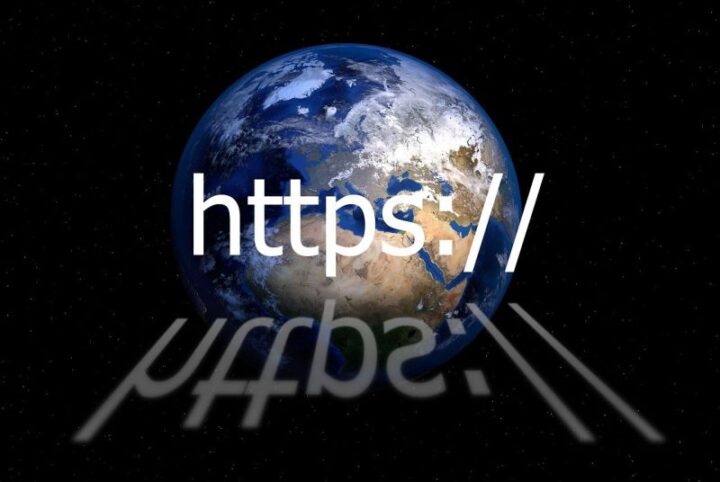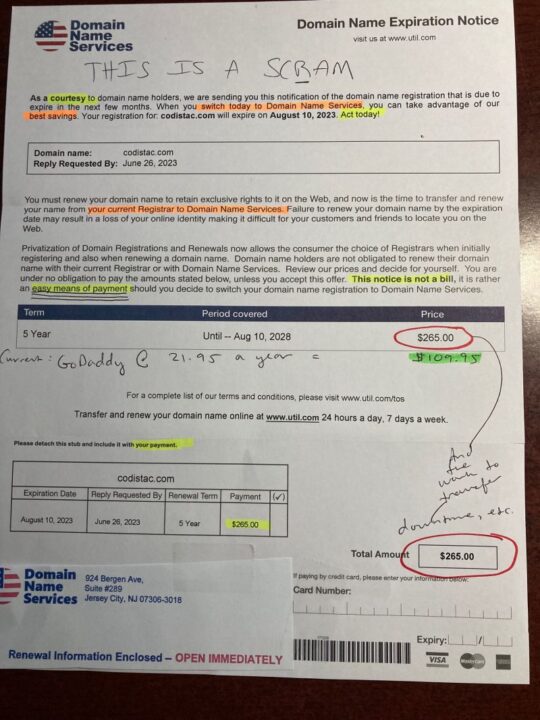Mom: “Please empty your trash”
Teenager: “Bruh”
Request. Response.
Communication theory? Yes, but also how webpages work.
There’s a request that happens of the web server.
🔸Show me a page.
🔸Take and store the info I gave you.
🔸Give me results of the question I asked you.
Etc.
And then the web server responds. You might not see the response explicitly as “I did something.” But if you do, it’ll be something like this:
🔸Here’s your page.
🔸I stored the information.
🔸I ran into an error.
🔸Here’s the response of what you asked.
The web’s been mainstream since the late 90s, so you’ve been requesting that web pages appear and show you stuff for a long time.
If the page you’re visiting is secured by a certificate (will use the HTTPS protocol instead of the HTTP protocol), any sent data – either direction – will be encrypted.
In 2016, Google implemented a large-scale effort to mark websites without encryption as insecure. Business websites added SSL (really TLS now – but the SSL moniker stuck in conversation) certificates if they were missing, to avoid being marked by Google as not secure.
Why does this matter – that the data passed from my computer to a web server is encrypted?
If someone were to get the data in transit from your computer to the server, that data would be fully readable if it were not encrypted.
Check your websites – personal or business – have you added a certificate? Nowadays it’s fairly simple for every website owner to add encryption with a free certificate. You can look up Let’s Encrypt for more information.
Because I’m sure you’re wondering, he did take out the trash.
I requested.
He responded; bruh is always encrypted.




